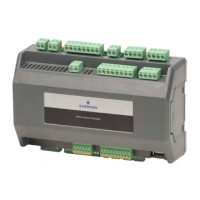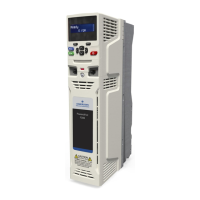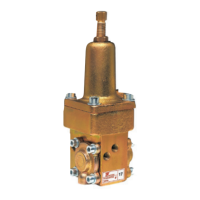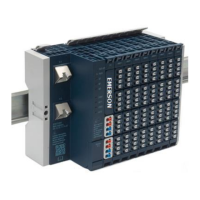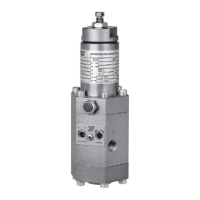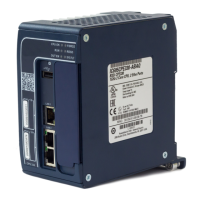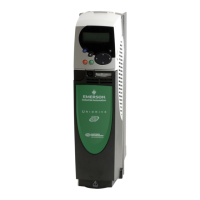PACSystems™ RX3i and RSTi-EP CPU Reference Manual Section 5
GFK-2222AK October 2019
Communications 123
CAUTION
The two ports on the Ethernet Interface must not be connected, directly or indirectly to
the same device. The hub or switch connections in an Ethernet network must form a tree;
otherwise duplication of packets may result.
5.1.1.2 RSTi-EP
RSTi-EP_CPE100/CPE115 provides one or more embedded Ethernet interfaces. If used,
each interface connects to a Local Area Network (LAN).
The corresponding RJ45 Ethernet port(s) automatically sense the data rate on the
attached LAN (100 Mbps or 10 Mbps), as well as the corresponding communication mode
(half-duplex or full-duplex), and the corresponding cabling arrangement (straight
through or crossover). Automatic detection greatly simplifies installation procedures.
See RSTi-EP CPU Features and Specifications to determine the complete list of Internet
protocols supported by each CPU.
Some important protocols supported by all RSTi-EP CPUs are:
▪ TCP/IP, which provides basic Internet capabilities;
▪ SRTP, which is proprietary and which provides the interface with the PME
programming and configuration software and supports communications with
certain control systems and supervisory computer layers in the factory;
▪ Modbus TCP, which supports the Modbus messaging structure over the Internet.
On the CPE100/CPE115, the same shared processor performs both Ethernet port
processing and Controller logic processing.
Each interface on a LAN must have a unique IP Address and a non-overlapping IP subnet.
This is configured in PME. Care must be taken to survey the entire connected network
architecture in order to tabulate the IP addresses and IP subnets already in use, both on
the local networks and on any of its routed subnets connected with a gateway. Never
assign a conflicting IP Address or configure duplicate IP subnets. For examples, please
refer to section 5.1.1.1
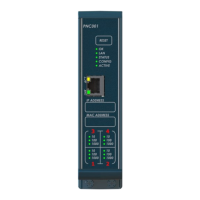
